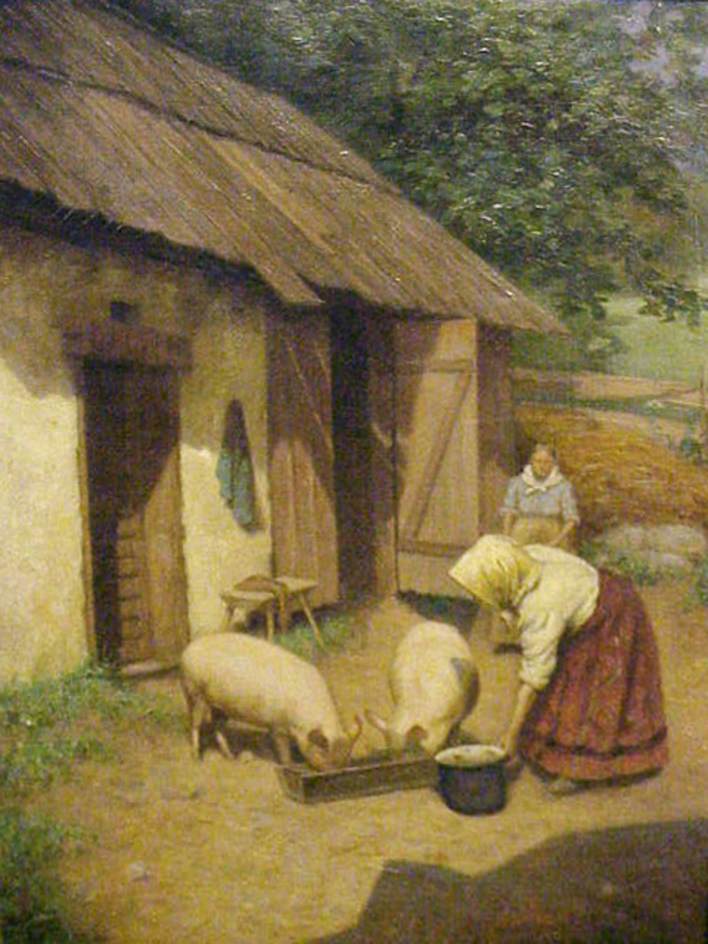A good man is disinherited in favor of his not-so-good younger brother.
I complete this website’s second year with another novel (see Novels 002 and 054 ) by the great W.E. Norris. Great literature and “classic” literature are categories that overlap only a little. If you doubt me, try comparing, with an open mind (if you have one available), any novel by the forgotten Norris with any novel by the revered Henry James.
“There is all the cleverness of characters-drawing which he long ago accustomed us to expect from him.” “There is no falling off in the supply of shrewd apothegms, or of passages in which, under the guise of quaint humour, food is afforded for serious reflection; and, added to all this, the story is a pleasant one. . . . In fine, we consider Major and Minor to be distinctly one of the leading novels of the year.” Academy, October 1, 1887
Norris’s “humour, which is never forced, has a refreshing sub-acid flavour, his descriptive powers are much greater than his anxiety to show them off, and his analysis of character and motive is sometimes not less convincing than exhaustive”; the author’s “unwillingness to excite is amply compensated for by the unflagging power to interest and amuse.” Observer, October 9, 1887
Download this week’s novel:
This week, as my website concludes its second year, I’m offering bonus puzzles to crossword solvers who wish to donate. I have no bonus recommendations for you novel readers, but if you’d like to show your gratitude anyway, click on the button below.





























